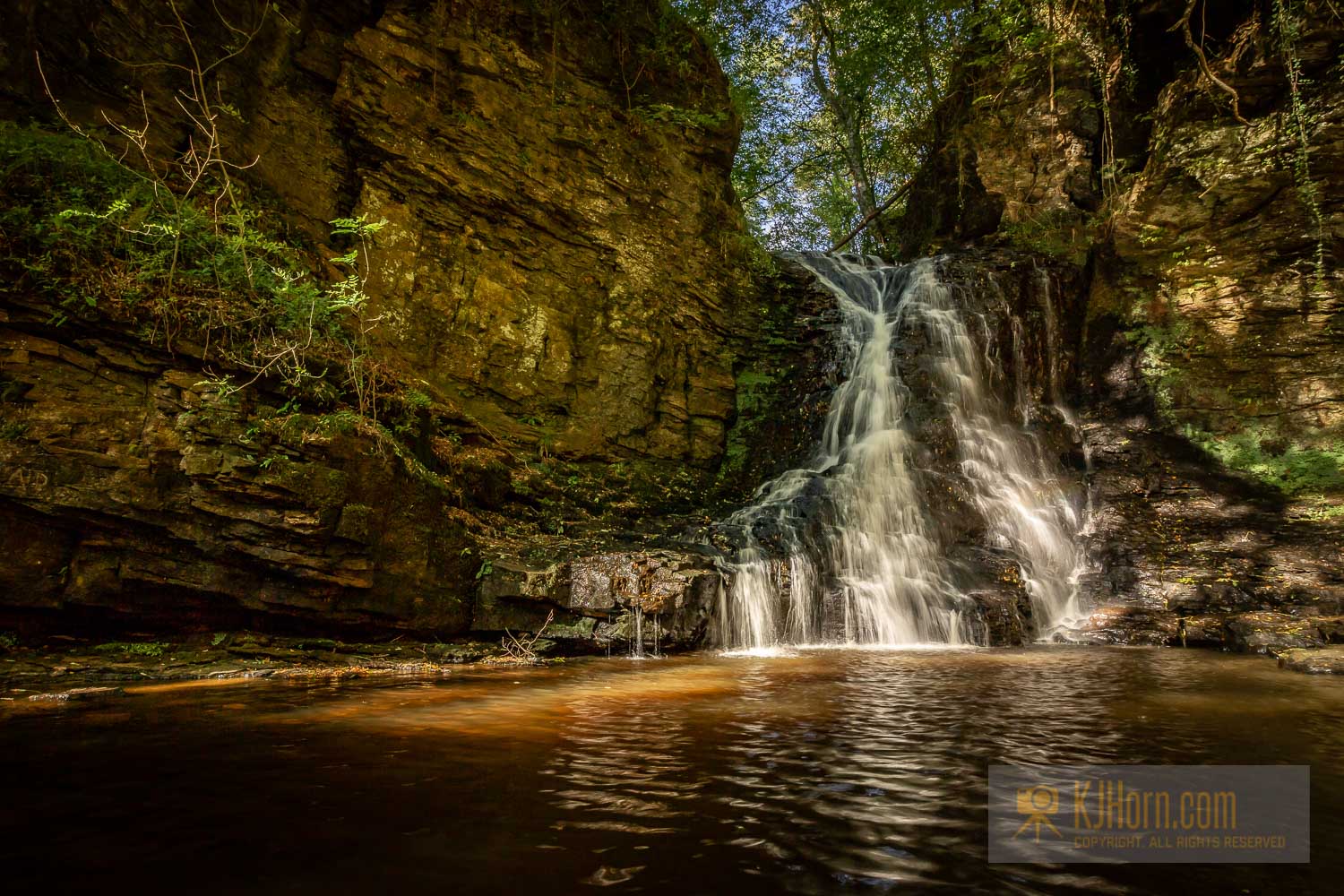Over on the camera related sites that I read, one of the most common questions I see is “What is a RAW file?” or “Should I be shooting in RAW?”.
The answer to this all depends on what you are going to do with your image after that shutter button has been pressed.
Now everyone who has used a digital camera has heard of a JPEG. It is the default file format on the majority of cameras at the moment.
A Raw file is larger in size than a JPEG and it contains all of the information that was collected by your cameras sensor at the time of shooting. This is particularly useful when files are then taken into image editing software such as Adobe’s Lightroom and Photoshop packages.
With JPEG’s you are severely limited in your editing capabilities. This is because the camera has already removed what it believes to be the non-essential information from the image; and further compressed the data by grouping together pixels of similar colour’s. This type of file is perfect for day to day shooting where you are not looking to further process your images.
If you are shooting in RAW you should be aware that this is a large and un-processed file. When the file is then taken into your chosen editing software it can look very lack lustre or bland, compared to how the image looked on the screen on your camera. It will then require you do to the work to really bring your image to life.
Personally I am a canon shooter, so my Raw files have a .CS2 extension when I take the off my camera so don’t get hung up on this to much if your using a different manufacturer and your file extensions are different.
In summary, if your shooting a few pics for the family album for example and have no interest in post processing; then JPEG is the file for you.
If like me however, you want to have complete control over you image or wish to change certain fundamentals after shooting. i.e. changing white balance or you want to really open up those blacks without sacrificing image quality; Then RAW is the way to go.
If you are unsure which to use some cameras will also have an option to save both RAW and JPEG at the same time. Beware though as you can fill your memory cards up very quickly this way.
I hope you found this useful. If you have any question or comments and are too lazy to do a Google search then please feel free to drop me a comment below.





